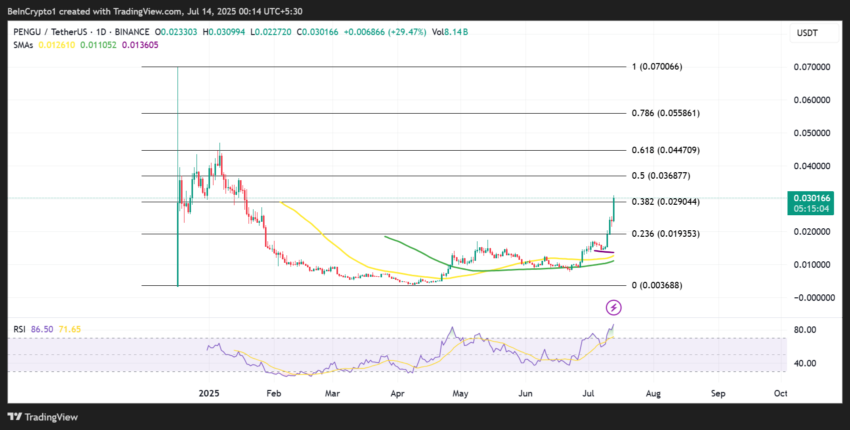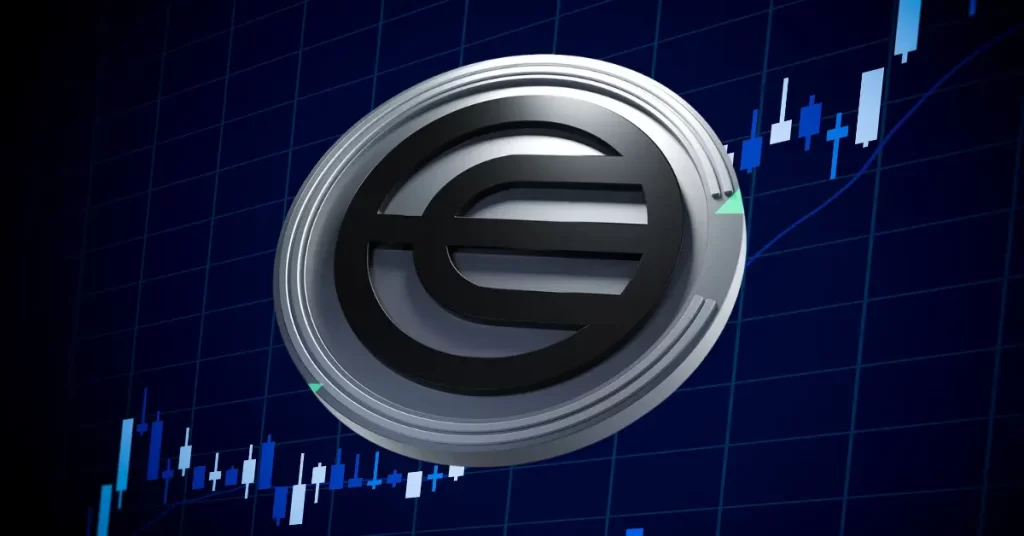
The post Worldcoin Enters the US Markets—Chart Hints at $2.2-Here’s What’s Next appeared first on Coinpedia Fintech News
The Worldcoin price seems to be ready to defend $1 support as it has remained firmly above the levels throughout the day. However, the bearish pressure over the markets was somewhat negligible, but the WLD bulls have managed to keep up the momentum of the rally. The technicians have been displaying strong directional movement, which favors a decent rise in the price. After the key development, here’s what’s next for the WLD price rally.
The platform has entered the U.S. market, which has marked a major milestone for the crypto industry. It has launched the World ID, or Orb in six U.S. States: Atlanta, Austin, Los Angeles, Miami, Nashville, and San Francisco. The Sam-Altman-led project aims at identity verification and offers WLD tokens for users who do so. With this, the demand for the token is expected to increase subsequently, and with the latest rise, the bulls seem to have gained huge control over the rally.
The weekly chart of Worldcoin displays that the price has reached the lowest level of the consolidation, attracting the bulls. The buying pressure has grown considerably, which has pushed the price above the conversion line of the Ichimoku cloud. If the price maintains a considerable ascending trend, the conversion & base lines of the Ichimoku could undergo a bullish crossover, validating the start of a fresh bullish trend. On the other hand, the weekly MACD shows a drop in the selling pressure and with a rise in the buying volume, the price may also begin to surge.
The US launch was accompanied by Coinbase listing the WLD token, enabling trade for US customers. Therefore, the volume is said to increase notably in the coming days, which could positively impact the WLD price. The next pitstop for the rally is the pivotal resistance zone between $2.2 and $2.4, and a rise above this range could elevate the levels to $4, completing the double bottom pattern. Hence, a breakout from here could trigger a strong upswing towards the double-digit figure.

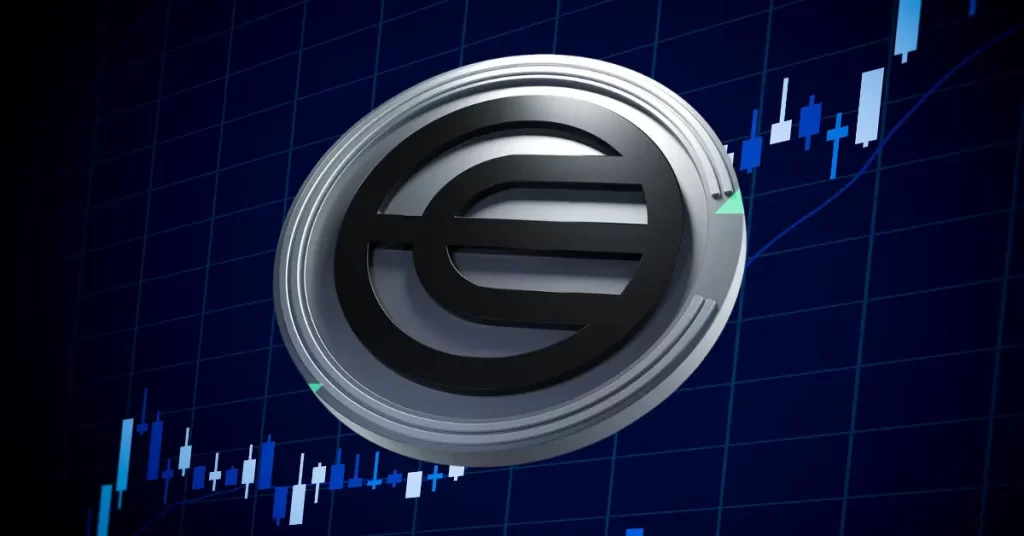


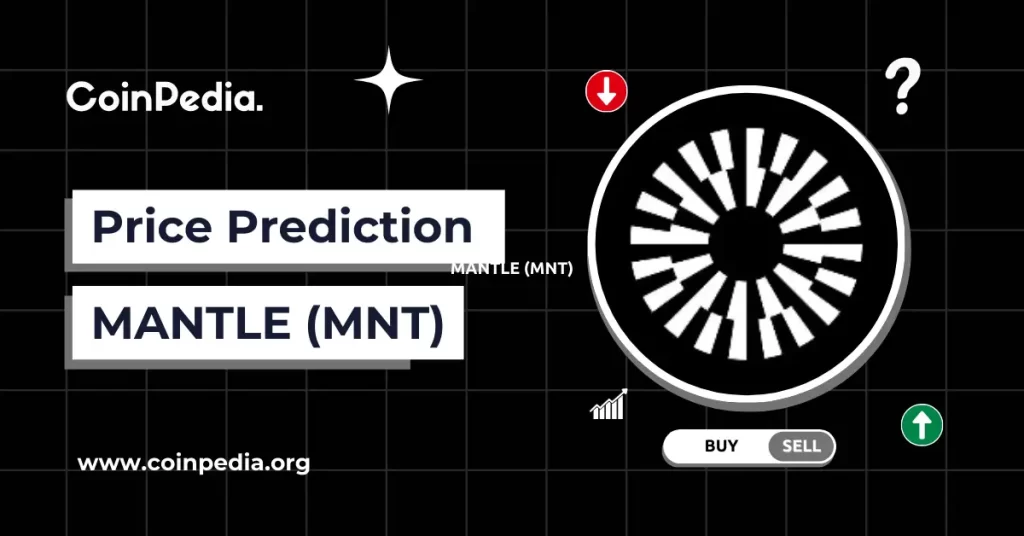
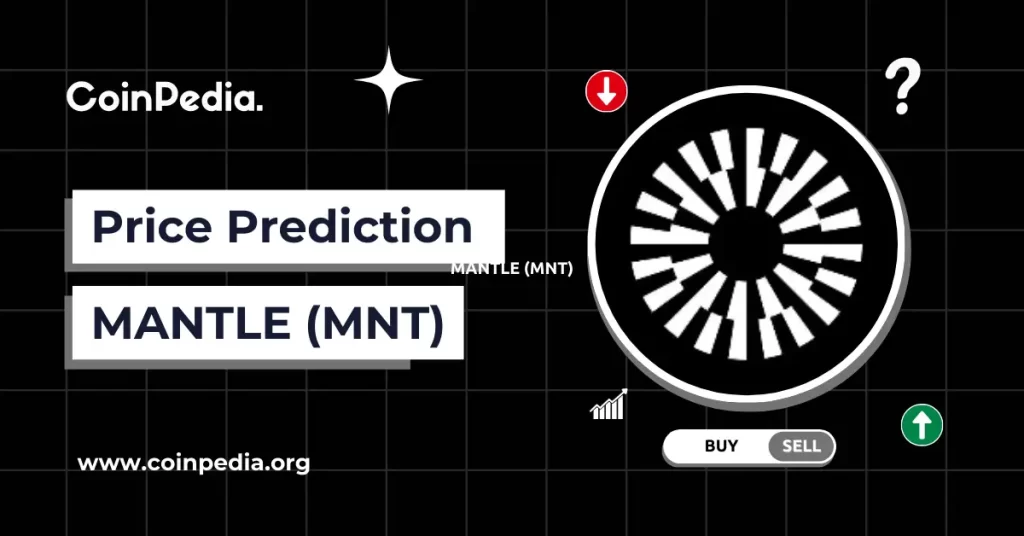
 -1.60%
-1.60% 
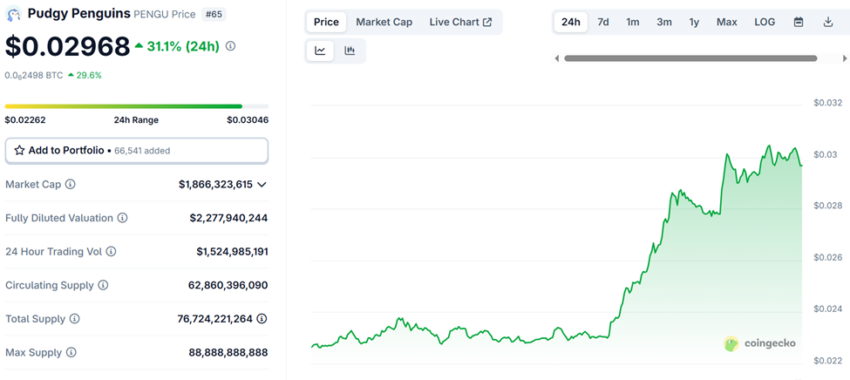
 (@justinsuntron)
(@justinsuntron) 